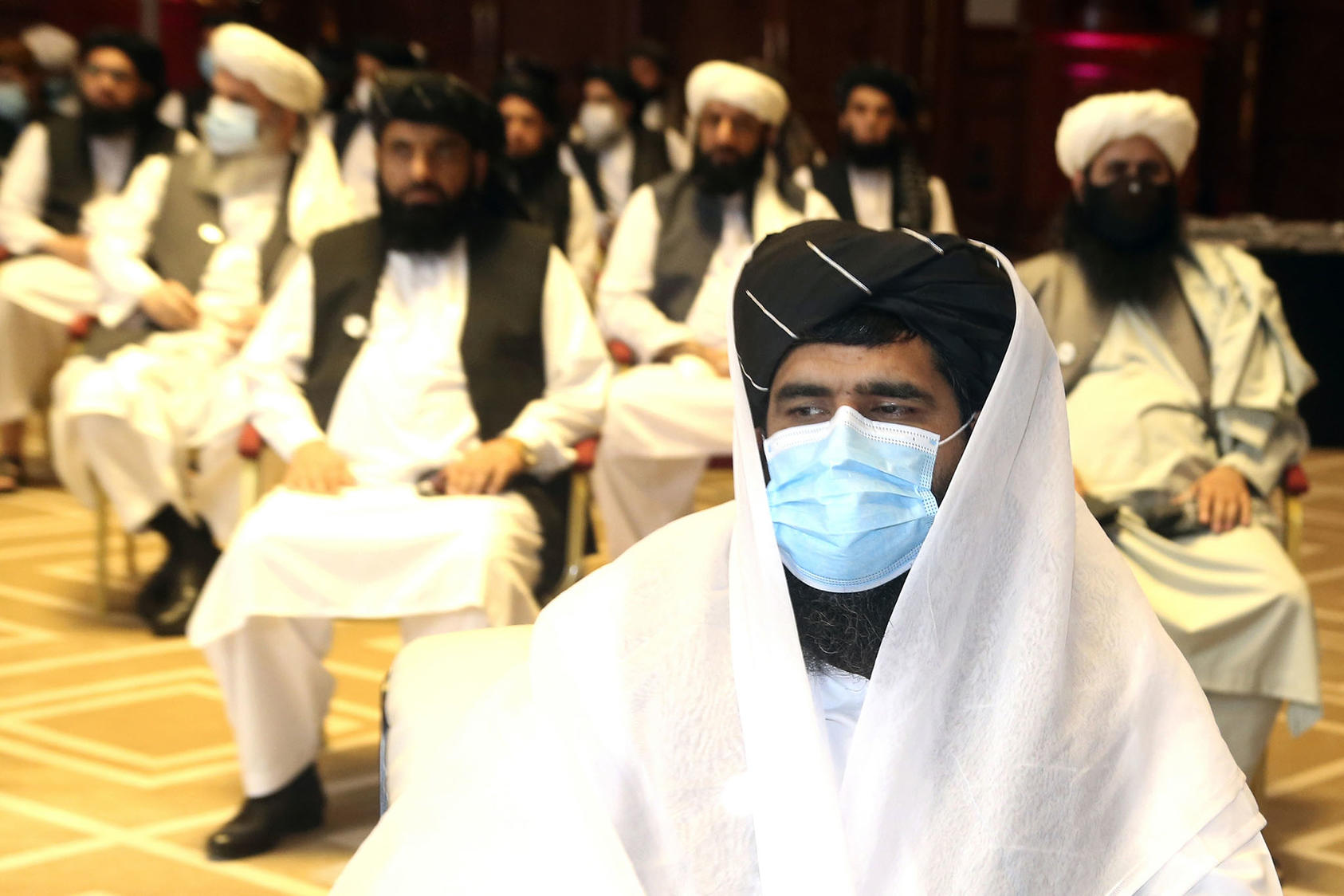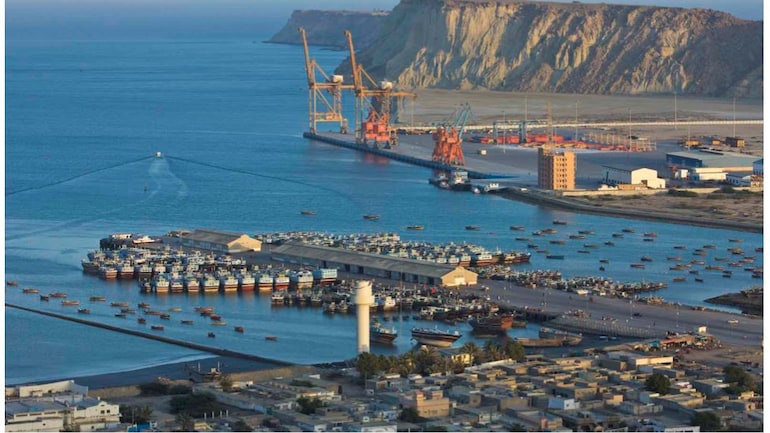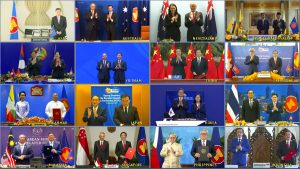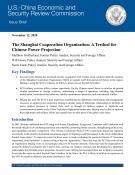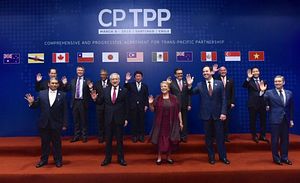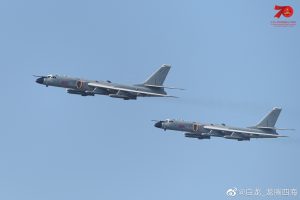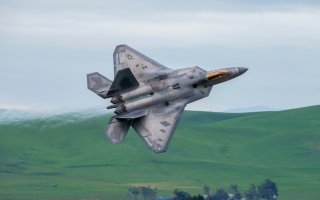By BHIM BHURTEL

Everything is going as China has wanted with its India strategy since April. The situation has been evolving as Beijing predicted.
In other words, whatever China wants India to do, India does.
Because of its opaque governance system, it is normally hard to predict China’s long-term strategy and its short-term tactics. To attempt to do so, one needs to depend on the Chinese state-run media. One may also rely on the reports of Chinese think-tanks and occasional writings in Chinese media.
However, in the case of India, China’s long-term strategy seems reasonably clear.
Beijing no longer considers India a competitor, because it its economy and military capabilities lag far behind China’s. But Beijing does sees India as a possible future rival. Therefore, it wants to create hurdles for India’s evolution as as a future competitor, say 30 years from now.
According to the projections of various international organizations, China’s rivalry will not be with the US but with India by 2050 or beyond. For example, the World Economic Forum has forecast that the Indian economy will surpass that of the US by 2030. However, Standard Chartered Bank recently revised its prediction that India would become the world’s second-largest economy by 2050.
